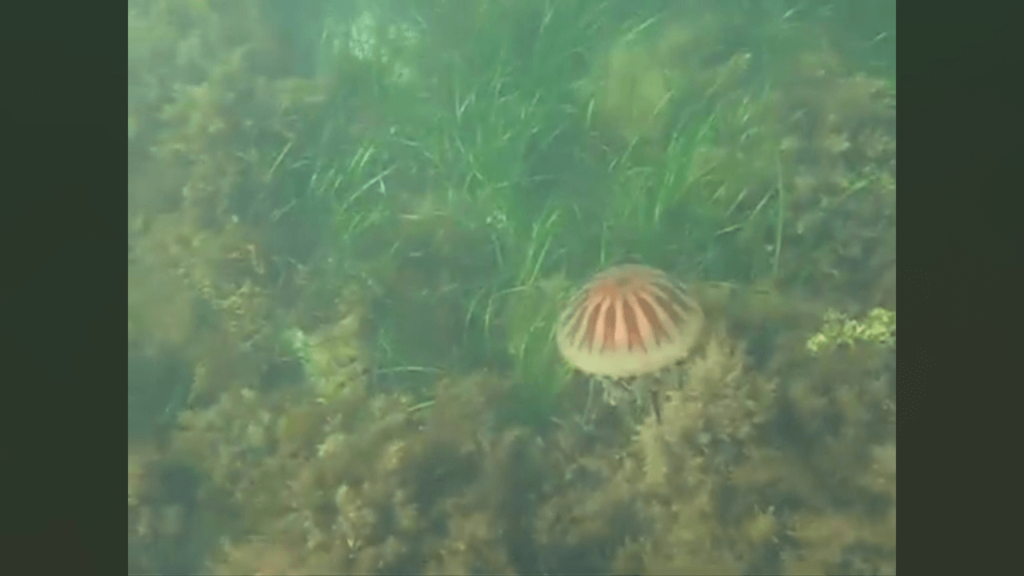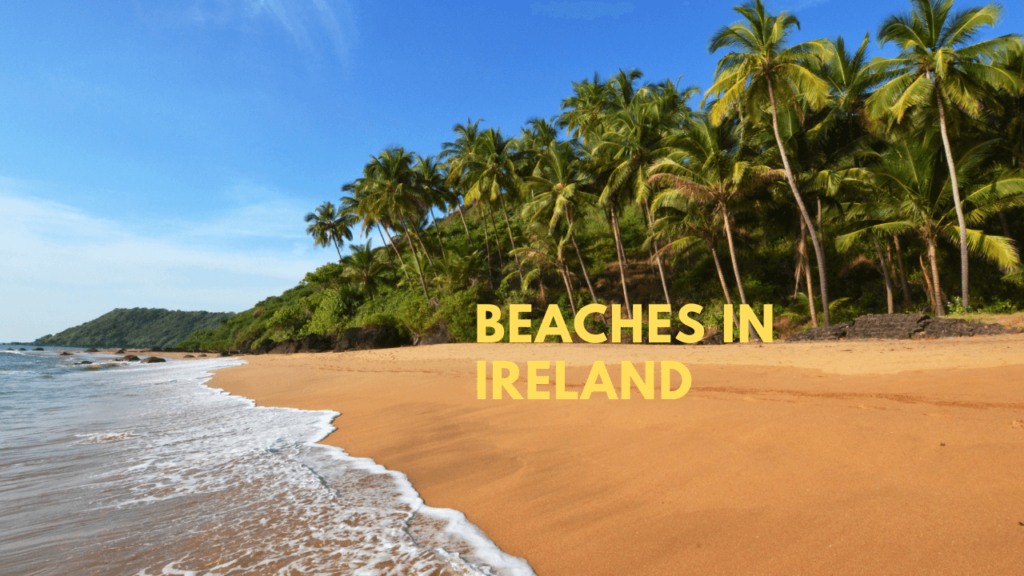Ireland, often called the “Emerald Isle,” is renowned for its breathtaking landscapes. From rolling green hills to dramatic cliffs and peaceful lakes, Ireland offers some of the most beautiful natural scenery in the world. This article will take you through the diverse and captivating landscapes of Ireland, providing an easy-to-read guide for travelers and nature lovers alike.
1. What Makes Ireland’s Landscapes Special?
Ireland’s landscapes are unique due to their combination of:
- Lush Green Fields: The island’s mild, wet climate keeps its countryside green all year round.
- Dramatic Coastlines: With over 3,000 kilometers of coastline, Ireland boasts some of the most stunning cliffs and beaches in Europe.
- Ancient Formations: From prehistoric stone structures to rugged mountains shaped by glaciers, Ireland is rich in geological history.
- Myth and Legend: Many natural sites in Ireland are steeped in folklore, adding a magical charm to the scenery.
2. Top Landscapes to Explore in Ireland
Here’s a list of must-visit landscapes across Ireland, each offering something unique.
2.1 Cliffs of Moher (County Clare)
- Location: Near the village of Liscannor, on the western coast of Ireland, in County Clare.
- What to See:
- Towering cliffs rising over 200 meters above the Atlantic Ocean.
- Spectacular views of the Aran Islands and Galway Bay on a clear day.
- Why Visit:
- One of Ireland’s most iconic natural landmarks.
- Great for birdwatching – look out for puffins and guillemots.
2.2 Ring of Kerry (County Kerry)
- Location: The Ring of Kerry is a 179-kilometer scenic drive that loops around the Iveragh Peninsula in County Kerry.
- What to See:
- A 179-kilometer scenic drive featuring mountains, lakes, and beaches.
- Highlights include Killarney National Park, Muckross House, and Ladies View.
- Why Visit:
- Perfect for a day trip with countless photo opportunities.
- Explore charming villages like Kenmare and Sneem.
2.3 The Burren (County Clare)
- Location: Located in the northwest of County Clare, covering a large area near towns like Lisdoonvarna and Ballyvaughan.
- What to See:
- A unique limestone landscape with cracks, caves, and ancient tombs.
- Rare plants such as orchids and wildflowers.
- Why Visit:
- Offers a stark contrast to Ireland’s green pastures.
- Ideal for hiking and exploring prehistoric sites like Poulnabrone Dolmen.
2.4 Giant’s Causeway (County Antrim)
- Location: Located on the north coast of Northern Ireland, near the town of Bushmills in County Antrim.
- What to See:
- Over 40,000 interlocking basalt columns formed by ancient volcanic activity.
- Why Visit:
- A UNESCO World Heritage Site with a fascinating geological story.
- Learn about the local legend of Finn McCool, who is said to have built the causeway.
2.5 Connemara (County Galway)
- Location: Located in the western part of County Galway, along the coast of the Atlantic Ocean.
- What to See:
- Rugged landscapes of mountains, bogs, and lakes.
- Highlights include Kylemore Abbey and Connemara National Park.
- Why Visit:
- A haven for outdoor activities like hiking, cycling, and fishing.
- Offers a peaceful escape from busy city life.
3. Hidden Gems: Lesser-Known Landscapes
Beyond the famous spots, Ireland has many hidden treasures worth exploring.
| Location | Highlights | Why Visit |
|---|---|---|
| Achill Island | Sandy beaches, sea cliffs, and traditional villages | Great for surfing and coastal walks |
| Glendalough (Wicklow) | Glacial valley with ancient monastic ruins | Beautiful hiking trails |
| Slieve League (Donegal) | Cliffs even higher than the Cliffs of Moher | Less crowded with stunning views |
| Lough Gur (Limerick) | Lake surrounded by archaeological sites | Rich in history and mythology |
4. Tips for Exploring Ireland’s Landscapes
Exploring Ireland’s natural beauty is easy if you’re prepared.
4.1 Best Time to Visit
- Spring (March-May): Mild weather, blooming flowers, fewer crowds.
- Summer (June-August): Warm weather and long daylight hours.
- Autumn (September-November): Beautiful autumn colors and quieter sites.
- Winter (December-February): Peaceful landscapes with a chance of snow in mountainous areas.
4.2 How to Get Around
- By Car: Renting a car is the best way to access remote areas.
- By Public Transport: Trains and buses connect major cities and towns.
- Guided Tours: Perfect for hassle-free visits to popular sites.
4.3 Essentials to Pack
- Waterproof clothing and sturdy shoes for unpredictable weather.
- A camera to capture Ireland’s stunning scenery.
- Snacks and water for long hikes or road trips.
5. Activities to Enjoy in Ireland’s Landscapes
5.1 Hiking and Walking
- Popular Trails:
- Wicklow Way: A long-distance trail through the Wicklow Mountains.
- Dingle Way: A circular route around the Dingle Peninsula.
- Tips: Wear sturdy boots and carry a map or GPS.
5.2 Wildlife Watching
- Birdwatching: Cliffs of Moher and Wexford Slobs are birdwatching hotspots.
- Marine Life: Watch for seals, dolphins, and whales along the coasts.
5.3 Adventure Sports
- Surfing: Bundoran in County Donegal is a top surfing destination.
- Kayaking: Explore sea caves and coastal cliffs by kayak.
6. Fun Facts About Ireland’s Landscapes
- Green Fields: Ireland has over 80% of its land used for agriculture or natural landscapes.
- Boglands: Over 17% of Ireland is covered by peat bogs, offering unique ecosystems.
- Islands: Ireland has over 80 offshore islands, many of which are uninhabited.
- Mountains: Ireland’s tallest mountain, Carrauntoohil, stands at 1,038 meters.
FAQs About Ireland’s Landscapes
1. What is the best time of year to visit Ireland for its landscapes?
- Spring (March to May): Fields are lush, flowers are blooming, and the weather is mild.
- Summer (June to August): Ideal for long days of exploration with pleasant weather.
- Autumn (September to November): Stunning autumn foliage and fewer crowds.
- Winter (December to February): Quieter, but some areas might be harder to access due to weather.
2. Are the Cliffs of Moher safe to visit?
Yes, the Cliffs of Moher are safe as long as you stay on the designated paths and follow safety guidelines. Be cautious of strong winds and avoid getting too close to the edges.
3. Do I need to rent a car to explore Ireland’s landscapes?
While renting a car provides the most flexibility for exploring remote areas, Ireland has a good public transport network. Guided tours are also available for popular attractions.
4. Are there entry fees for natural landmarks in Ireland?
- Some places, like the Cliffs of Moher and Kylemore Abbey, charge entry fees.
- Others, such as hiking trails and natural parks, are often free but may charge for parking.
- Always check in advance to confirm any fees.
5. Can I hike in Ireland without a guide?
Yes, many trails are well-marked and safe for independent hiking, such as the Wicklow Way or Dingle Way. However, for remote areas like the Burren or Slieve League, consider carrying a map or hiring a guide for safety.
6. What should I pack for exploring Ireland’s landscapes?
- Essential items: Waterproof clothing, sturdy hiking boots, a map or GPS, snacks, and water.
- Season-specific items: Sunscreen for summer, layers for winter, and a windproof jacket year-round.
- Don’t forget a camera to capture Ireland’s beauty!
7. Are Ireland’s landscapes accessible for travelers with mobility challenges?
Some landmarks, such as the Cliffs of Moher Visitor Centre, are wheelchair accessible. However, rugged areas like Connemara or The Burren might be more challenging. Check accessibility details before visiting.
8. Can I camp in Ireland’s natural landscapes?
Yes, camping is allowed in many places, especially in national parks like Killarney National Park. Wild camping is permitted in some areas, but always seek permission if on private land and follow Leave No Trace principles.
9. What are some lesser-known landscapes worth visiting?
- Lough Gur (County Limerick): A serene lake surrounded by ancient sites.
- Achill Island (County Mayo): Perfect for beaches, sea cliffs, and local culture.
- Slieve League (County Donegal): Stunning cliffs that are less crowded than the Cliffs of Moher.
10. Are there any guided tours for exploring Ireland’s landscapes?
Yes, Ireland offers a variety of guided tours, including:
- Walking tours: Available in areas like Glendalough and The Burren.
- Bus tours: Cover popular routes like the Ring of Kerry and Giant’s Causeway.
- Specialized tours: Focused on wildlife, photography, or history, available in many regions.
11. Are there any myths or legends associated with Ireland’s landscapes?
Yes, many natural sites are steeped in folklore:
- Giant’s Causeway (County Antrim): Linked to the legend of the giant Finn McCool.
- Hill of Tara (County Meath): Believed to be the seat of Ireland’s ancient kings.
- Benbulben (County Sligo): Associated with Irish mythology and fairy tales.
12. Is it possible to visit multiple landscapes in one trip?
Yes, Ireland is relatively small, so it’s feasible to visit multiple landmarks in a single trip. For example:
- From Galway, you can explore Connemara, The Burren, and the Cliffs of Moher in a few days.
- From Dublin, you can visit Glendalough and Wicklow Mountains within a day.
Conclusion
Ireland’s landscapes are a true testament to the beauty and diversity of nature. Whether you’re a photographer, a hiker, or someone seeking peace in the great outdoors, Ireland has something for everyone. From famous landmarks like the Cliffs of Moher to hidden gems like Lough Gur, every corner of Ireland offers a unique and memorable experience.
So pack your bags, grab your camera, and get ready to explore the enchanting landscapes of Ireland. It’s a journey you’ll never forget!

Hi, I’m Tanvir, the founder and author of Explore Ireland Now. With a deep love for Ireland and its rich culture, history, and landscapes, I created this site to share everything that makes this beautiful country worth exploring. Whether you’re a local looking for hidden gems or a traveler planning your next adventure, I provide insightful guides, tips, and recommendations to help you experience Ireland to the fullest.
From stunning landscapes to vibrant cities and quaint villages, Ireland is full of wonders waiting to be discovered. Through my personal experiences and research, I aim to bring you the most up-to-date information and inspiration for your journey.
Thank you for visiting Explore Ireland Now—I hope my content helps you uncover all that this incredible country has to offer! If you have any questions or need travel advice, feel free to reach out.



